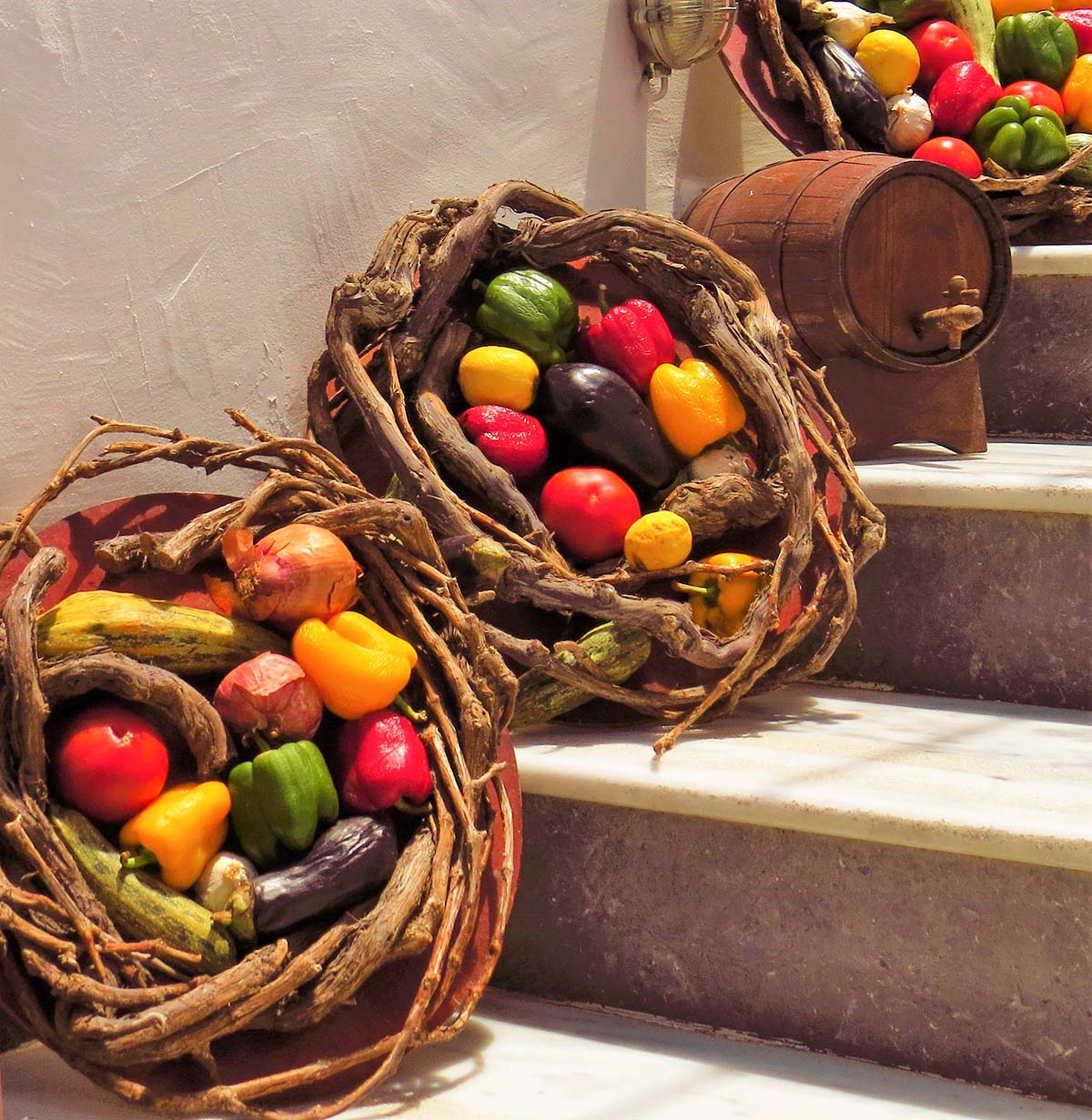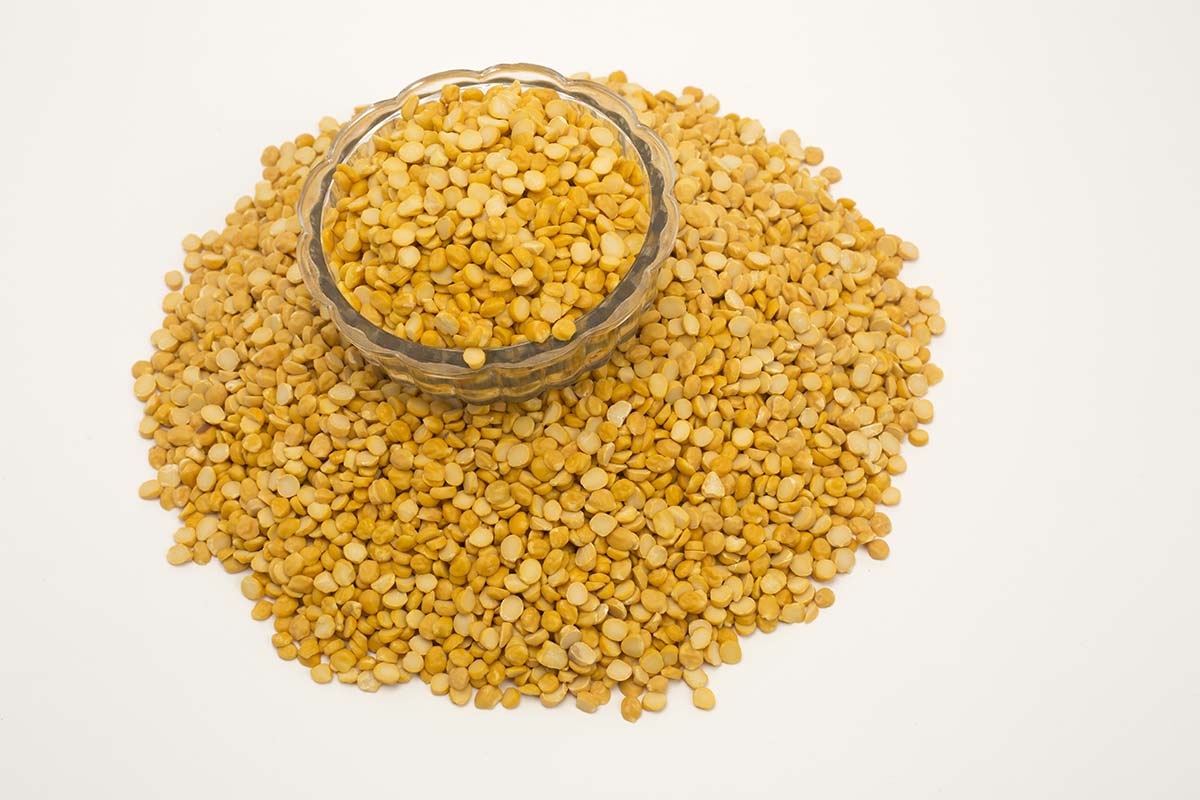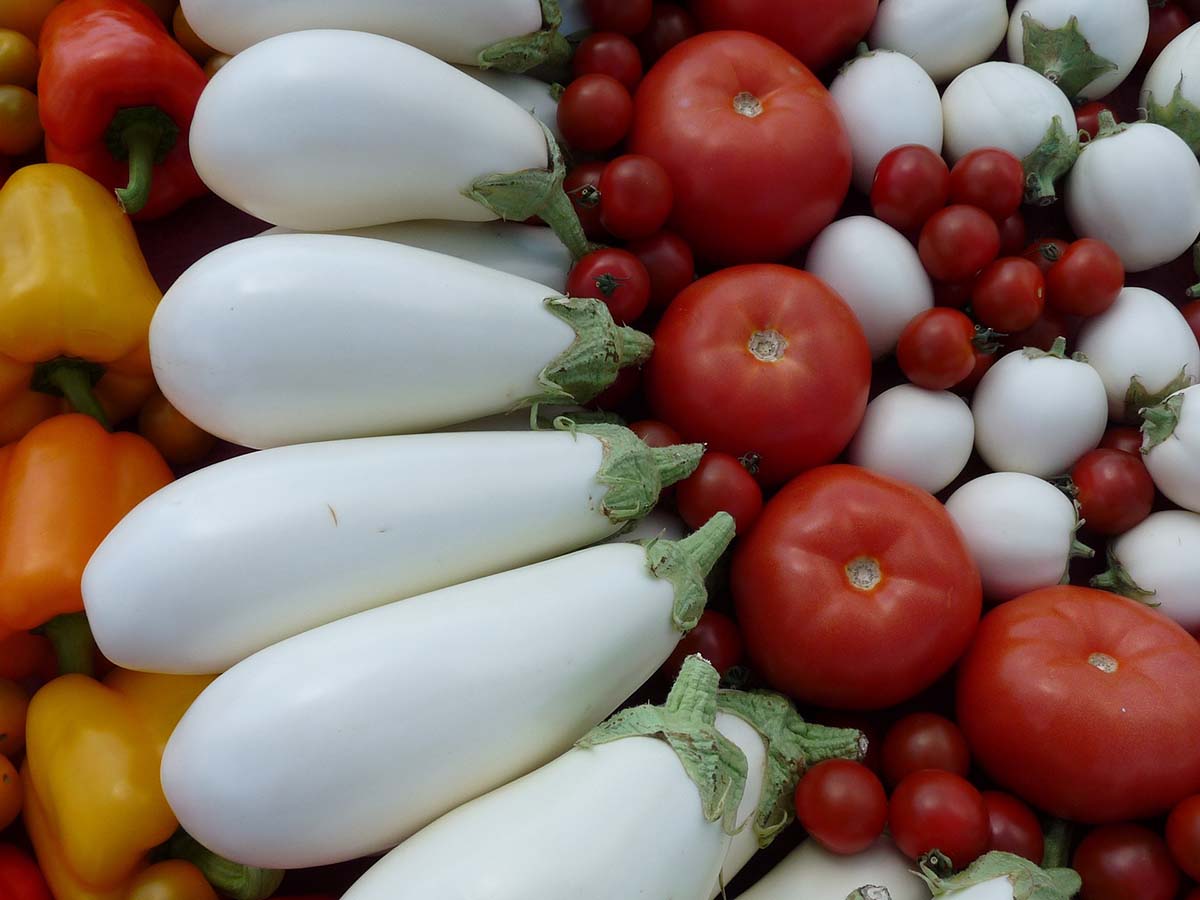Split peas, or fava, Santorini tomato, white eggplant and sweet Vinsanto wine – the treasures of the Santorini land- come to your table and introduce the famous Santorini cuisine.
The successive eruptions of the volcano ‘blessed’ the Santorini soil with ashes and lava, shaping a rare landscape and the fertile land that generously provides us with its unique products. The inimitable volcanic lands of the island produce fruit and vegetables with a special taste, aroma and color, characterized by emblematic dishes and original specialties of local gastronomy. The cuisine of Santorini was based on agricultural products such as the white eggplant, the split pea, or fava, the Santorini tomato, the anhydrous cucumber, the miniature zucchini, and the caper, all grown under the glorious Cycladic sun and the Aegean’s sea salt.
Fava: Santorini gold
The split pea, or fava, is the most common legume of the island and a Protected Designation of Origin (PDO) product since 2011. It comes from the Lathyrus clymenum variety, which differs from other varieties of pea plants found in other regions of Greece: it has a sweet taste, unique texture and characteristic yellowish colour. Fava is a product of high nutritional value and is cultivated in Santorini for 3,500 years, according to the findings in the prehistoric settlement of Akrotiri. Most of the restaurants or taverns of the island serve it freshly cooked, paired with onion, capers and virgin olive oil, but keep an eye for more modern versions, such as fava ice cream!
The Santorini Tomato
 A trademark of Santorini cuisine and a basic raw material for the most representative traditional recipes of the island is the dry cherry tomato of Santorini. The dry environment of Thira proved to be ideal for cultivating the tiny tomato that arrived on the island from Egypt at the end of the 19th century and thrived in the volcanic soil. Santorini’s anhydrous tomato has a strong sweet taste, cherry size and a slightly thicker peel than classic tomato. It is another PDO product as of 2013. You will enjoy it in salads, sun-dried, as a spoon sweet, and puréed. Up until 1950, this type of tomato was the pillar of the economy of the island, which justifies the number of, nine in total, tomato factories.
A trademark of Santorini cuisine and a basic raw material for the most representative traditional recipes of the island is the dry cherry tomato of Santorini. The dry environment of Thira proved to be ideal for cultivating the tiny tomato that arrived on the island from Egypt at the end of the 19th century and thrived in the volcanic soil. Santorini’s anhydrous tomato has a strong sweet taste, cherry size and a slightly thicker peel than classic tomato. It is another PDO product as of 2013. You will enjoy it in salads, sun-dried, as a spoon sweet, and puréed. Up until 1950, this type of tomato was the pillar of the economy of the island, which justifies the number of, nine in total, tomato factories.
Delicious Santorini dishes
The Santorinians have been using tomato on their diet for decades, imaginatively creating dishes of incomparable taste, such as Santorini’s classic tomato balls. Two more famous dishes of Santorini are Sfouggato (a potato-and-courgette omelette) and Poulia Gemista, aka courgette flowers stuffed with rice. You also have to taste the sweet white eggplant in an all-time-classic moussaka or in a simple velvet eggplant-salad. In most of the island’s restaurants you will also find chlorotyri, a local cheese made of goat milk or sheep and goat milks. It is creamy, slightly sour and cool, and pairs perfectly with a salad of tomatoes, capers and barley rusks. Salt-cured meats, like the loutza (smoked pork in sweet Vinsanto wine with sugar and fennel) and the apochti (air-dried pork tenderloin with pepper, savory and cinnamon) are some of the most delightful Santorini mezes.
Fresh fish straight from the crystal clear waters of the Aegean Sea could not be absent from the Santorini table. A classic dish that is also found on other Cycladic islands is the Smelt Fish Pie, or Atherinopita: fried smelt fish with onions and flour glued to look like pies, but also the Psarolia: small fish, which left for days in the sun until they dry out and become a fine meze that pairs perfectly with the famous Santorini wines.
Traditional Santorini sweets
The Kufeto is Santorini’s sweet trademark! The most traditional festive spoon sweet of the island is made from roasted almonds that have simmered in local honey, and is served at weddings as a symbol of fertility and sweet life for the couple. The Santorinian Kufeto dessert is widely sold in beautiful jars in all shops with traditional products on the island.
An equally widespread and beloved traditional sweet of Santorini is the meletinia or melitinia (sweet cheese tartlets) with the characteristic round, scallop shape. Although it is considered an Easter-time sweet, you will find it throughout the year in every bakery or patisserie on the island. According to the traditional recipe, melitinia are made with mizithra cheese and sugar, much like the Cretan caltsounia or lychnarakia, but the mastic extract is the ingredient that makes a significant difference and gives the Santorini melitinia a unique flavor and aroma.
A delicious, special sweet that you must definitely try to find in Santorini is the Kopania, which represents the cucina povera of the Cyclades. Since ancient times, the housewives of the island have been using the few but scrumptious materials of their kitchens wisely and ingenuously, making simple and fast delicious sweets, like kopania. Essentially, they are truffles made of barley rusks that have been smashed in a mortar with raisins. The paste is then molded into small balls and rolled onto sesame seeds, taking the form of a nutritious, high-nutritional snack!
Santorini White Eggplant
Another rare agricultural product that Santorini has proudly cultivated is the white eggplant. Santorinians brought the seed from Egypt at the end of the 19th century during the extraction of pumice stone for the opening of the Suez Canal. The anhydrous volcanic soil of Santorini favored the cultivation of this particular kind of eggplant, creating a fruit of spherical shape and characteristic white color, with sweet taste without bitterness, full taste and very few seeds. The flesh of white eggplant is white, juicy and absorbs minimal oil during frying. The restaurants in Santorini serve it in its most classic versions: grilled, fried, as eggplant-salad (a dip) or koskosela, a local specialty, paired with one of the fine wines of Santorini.
Capers
Spicy, hot and fit with all Santorinian appetizers, wild capers occupy a prominent place in the island’s cuisine. It is a bushy plant that grows between dry stone walls, ruins, fields and steep Caldera rocks, and a key component of the Cycladic cuisine. In Santorini it is common to sun-dry the tiny buds of the plant and soak them before consumption. The caper gives a unique scent and spicy flavor to every recipe, while it is considered a necessary garnish for the local wild salad and fits perfectly with the Santorini fava (split pea dip). Every part of the caper plant can be consumed, including the fruit, which is often served pickled.













